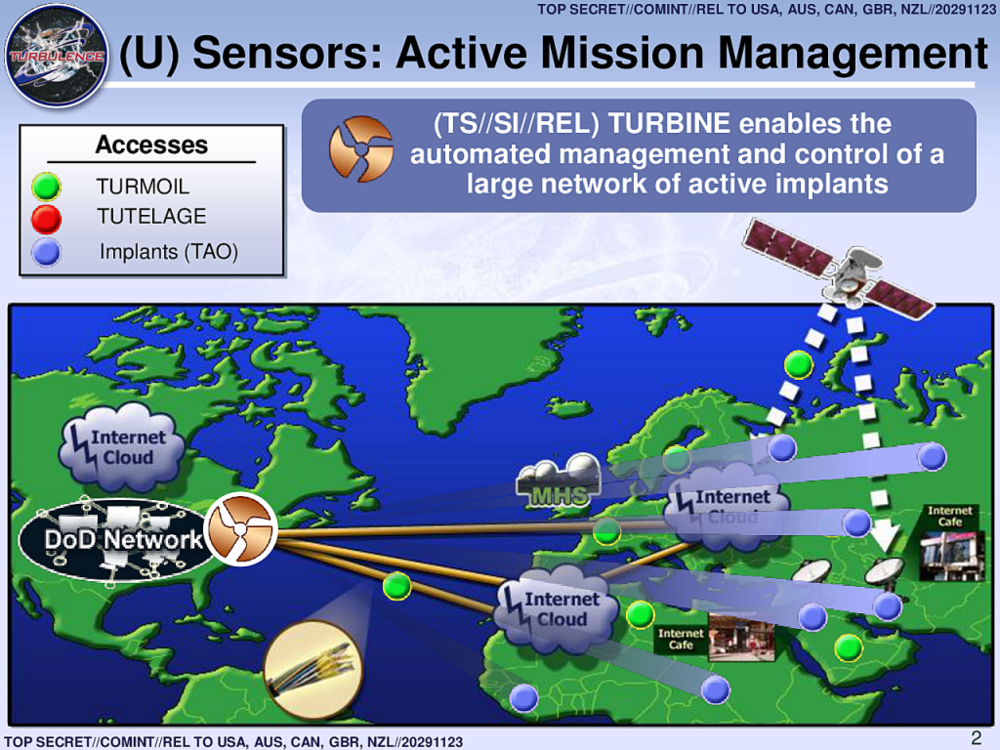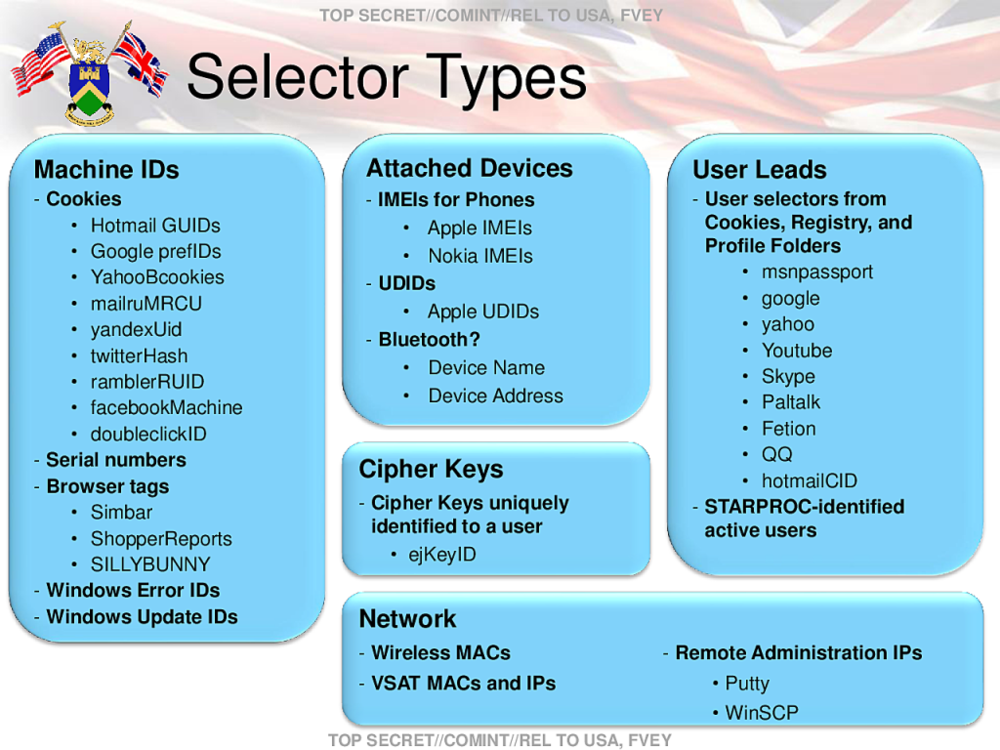Mysterious Company With Government Ties Plays Key Internet Role
An offshore company that is trusted by the major web browsers and other tech companies to vouch for the legitimacy of websites has connections to contractors for U.S. intelligence agencies and law enforcement, according to security researchers, documents and interviews. Google’s Chrome, Apple’s Safari, nonprofit Firefox and others allow the company, TrustCor Systems, to act as what’s known as a root certificate authority, a powerful spot in the internet’s infrastructure that guarantees websites are not fake, guiding users to them seamlessly.
The company’s Panamanian registration records show that it has the identical slate of officers, agents and partners as a spyware maker identified this year as an affiliate of Arizona-based Packet Forensics, which public contracting records and company documents show has sold communication interception services to U.S. government agencies for more than a decade. One of those TrustCor partners has the same name as a holding company managed by Raymond Saulino, who was quoted in a 2010 Wired article as a spokesman for Packet Forensics. Saulino also surfaced in 2021 as a contact for another company, Global Resource Systems, that caused speculation in the tech world when it briefly activated and ran more than 100 million previously dormant IP addresses assigned decades earlier to the Pentagon. The Pentagon reclaimed the digital territory months later, and it remains unclear what the brief transfer was about, but researchers said the activation of those IP addresses could have given the military access to a huge amount of internet traffic without revealing that the government was receiving it.





